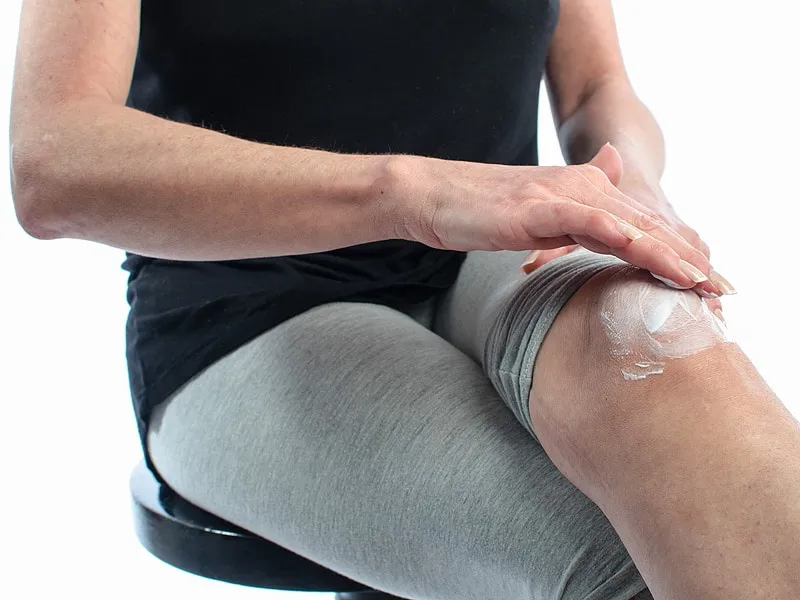
Joint pain is a common issue caused by conditions like arthritis, injuries, or overuse. Topical ointments offer a convenient and effective way to relieve pain, reduce inflammation, and improve mobility without systemic side effects. These creams can be applied directly to the affected joints, providing targeted relief.
These ointments contain ingredients like **menthol**, **camphor**, or **methyl salicylate**. They create a cooling or warming sensation that distracts the brain from the pain. Examples include **Bengay** and **Icy Hot**.
NSAID-based creams, such as those containing **diclofenac**, help reduce inflammation and pain in joints. Popular options include **Voltaren Gel** and **Pennsaid**.
Derived from chili peppers, **capsaicin** creams reduce pain by depleting the nerve’s supply of substance P, a chemical that transmits pain signals. Examples are **Capzasin** and **Zostrix**.
These ointments contain **salicylates**, which provide pain relief by reducing inflammation. They are beneficial for mild to moderate joint pain. Examples include **Aspercreme** and **Sportscreme**.
Some ointments use natural ingredients like **arnica**, **turmeric**, or **CBD** to reduce pain and inflammation. These are popular among those seeking alternative remedies.
Topical ointments provide several advantages:
If joint pain persists despite using topical ointments, or if you experience severe swelling, redness, or warmth in the joint, consult a healthcare professional. Persistent joint pain may indicate a more serious underlying condition that requires medical attention.
Subscribe to read the full article.
Subscribe Now